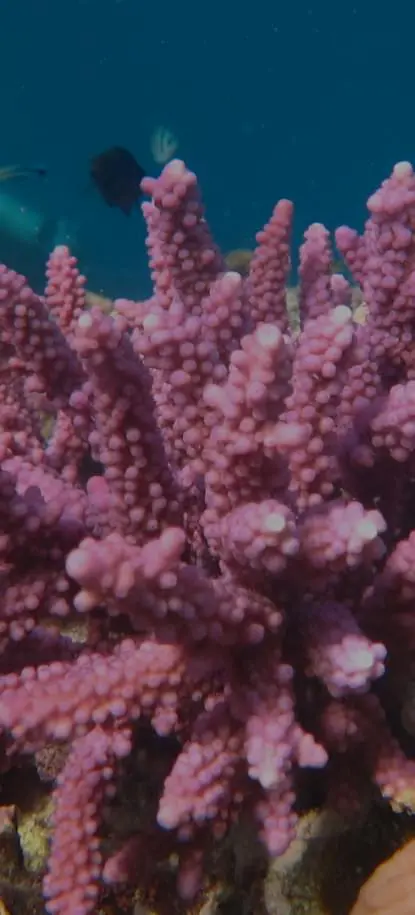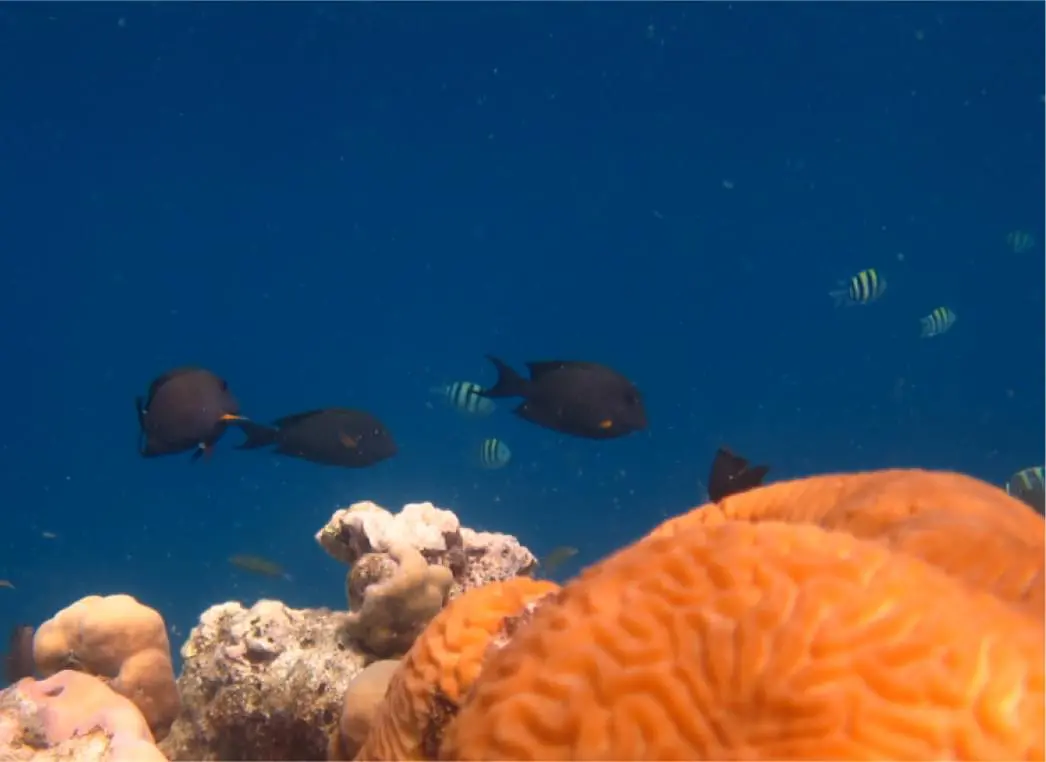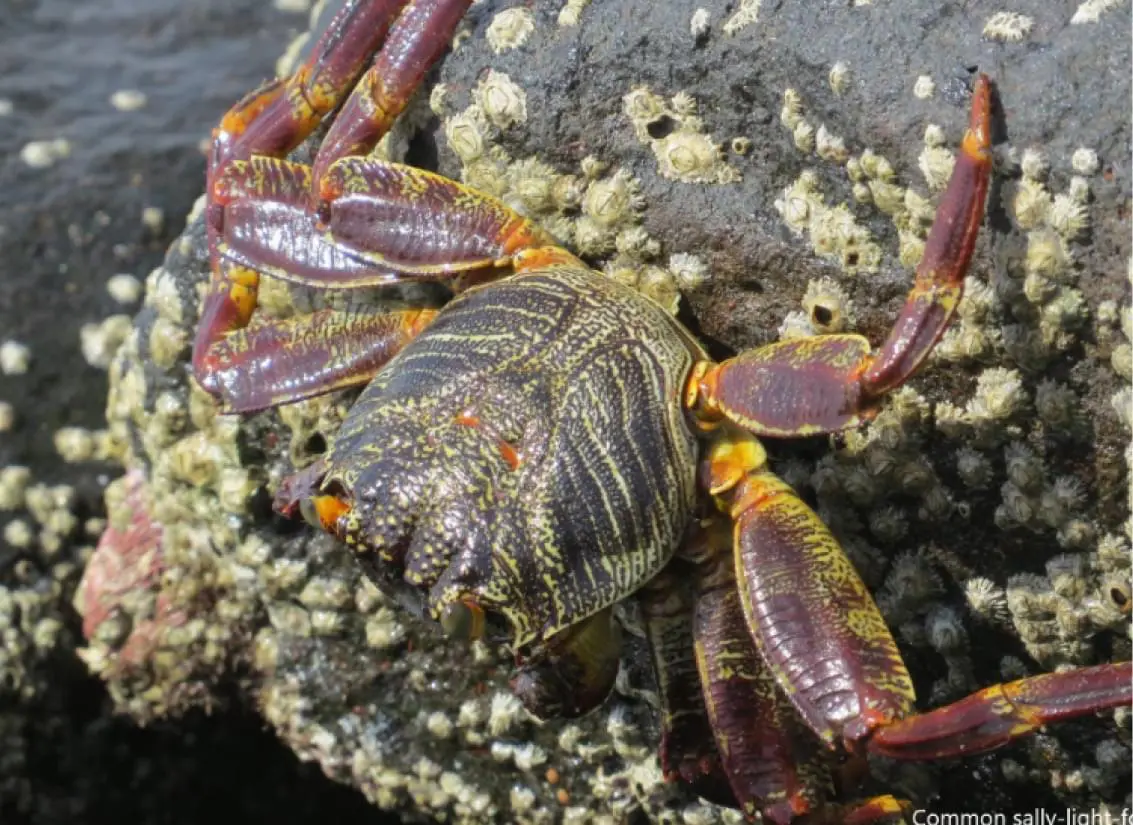




Quick Links:



KAUST is surrounded by coastal waters that offer incredible marine biodiversity. Comprising coral reefs, mangroves, seagrass beds and macroalgae (seaweed), the marine ecosystem provides an important shelter and nursery areas for fish and invertebrates. Given this importance, our Guiding Principles of the University’s Environmental Stewardship Policy
To help maintain a thriving ecosystem, KAUST regularly tests important indicators such as seawater quality and sediment quality, their composition providing clues to the area’s ability to support marine life.
Corals are often described as “the rainforests of the sea”. The reefs they form are some of the most biodiverse ecosystems on earth, offering delicate habitats that provide food and shelter for the many living organisms that depend on them. Recent increases in global water temperatures are causing a continuous adverse effect on marine habitats and species.
The main threat to corals is connected to ocean warming which results in coral bleaching, a phenomenon that affects almost every tropical and subtropical body of water in the world. A study of the marine areas around KAUST identified around 181 species of coral, the most common being the Acropora, Dipsastrea (formerly Favia), Montipora, Goniopora and Favites genera.
This is alongside the diverse coral reefs situated slightly further away from KAUST in the open waters of the Red Sea.

AUST's surrounding waters are home to a vibrant and diverse fish population that includes at least 176 species from several families. Labridae (wrasses), Pomacentridae (damselfish), Scaridae (parrotfish), Chaetodontidae (butterflyfish), Serranidae (groupers) and Acanthuridae (surgeonfish), are some of the most common species found in the area.
These species live alongside blacktip reef shark, eagle rays, bumphead parrotfish, juvenile humphead wrasse and some Epinephelus and Plectropomus groupers, as well as large carangids (golden trevally). A new fish species was recently discovered in KAUST waters. Find out more here.

Seagrass beds are distinct habitats found in shallow coastal ecosystems. In addition to providing essential food and shelter to marine life, seagrasses hold sediments in place with their root systems, reduce erosion of the coastline and are flower-producing plants.
Shallower waters and sediments around KAUST’s coastal areas contain rich communities of infauna that include Nematoda, Sipuncula, Annelida, Crustacea, Mollusa, Echinodermata, Cephaochordata.
A study conducted by KAUST researchers in July 2016 found 42 different infauna species, with many individuals found at nine of the ten sampling stations.
